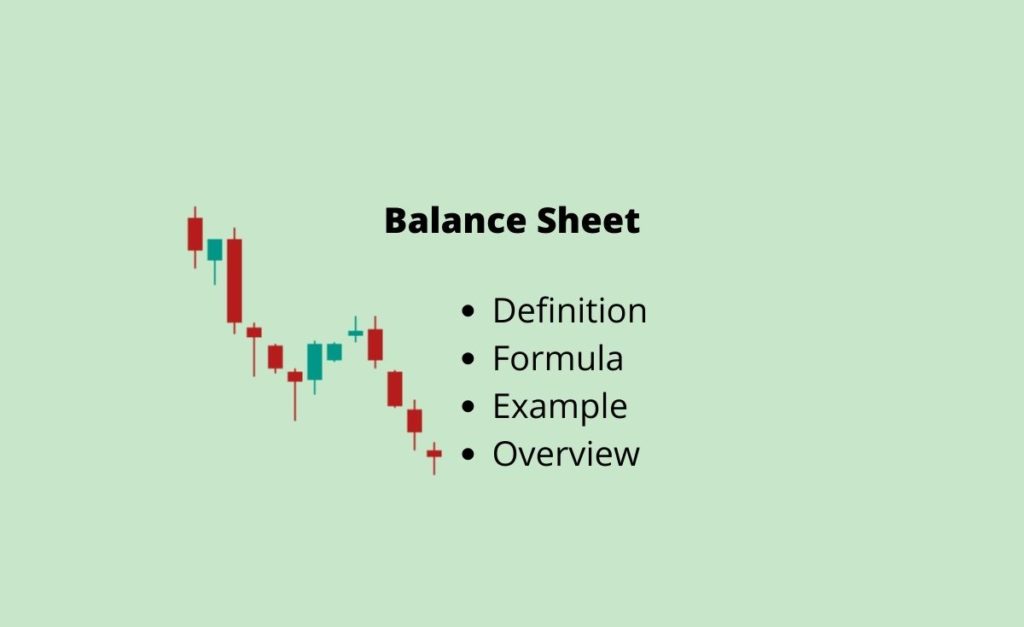What Is Volatility?
Volatility is a statistical term used to express how fast a stock‘s price is changing up and down over time. In general, risks and rewards are very high for volatile stocks and other securities.
How does volatility work?
When prices of stocks or other securities are changing very fast, investors say that they are volatile. That is, there is a high level of uncertainty about the stock price.
No one knows where the stock price will be due to high fluctuation. For this reason, the stock is considered risky compared to less volatile ones.
A less volatile stock is the one with a more stable price that moves reasonably with the market. You must understand that sometimes the market is volatile. In this case, securities in that market will experience high volatility as well.
For example, the stock market was volatile during the coronavirus pandemic. As a result, almost all stocks experienced a higher than normal volatility in the downside during the pandemic.
According to Fool, the volatility is measured as the variance or standard deviation of historical data of stocks.
Factors that influence the volatility
Factors that influence the volatility are different from market to market.
The following are things that can affect the volatility of the market, according to Northwestern Mutual.
- Economic indicators
- Political developments
- Disasters or good news in public relations
- Foreign markets volatility
There are times when a stock can be volatile while its market is stable. The following are some of the causes of stock price volatility.
- Earning reports
- Discovery of new technology or drugs
- Approval from the FDA
- Bankruptcy announcement
- Acquisition from another company
- Partnership with other companies
- ETC.
Importance of volatility for traders and investors
As a trader, you can take advantage of volatility to increase your gains. The following are a few of the many benefits of volatility.
- High gains in a very short time
- Use of leverage to increase your gains
- A chance of hedging on short term
- Volatility increase predictability of some markets
Disadvantages of volatility
As we stated above, the higher the volatility of an asset, the riskier it gets. There is a high degree of risks associated with volatile markets compared to stable markets. The following are some of the risks you should expect when trading in volatile markets.
- Loss of your capital
- Chances of bankruptcy
- You can lose unrealized gains in a short time
How to trade when the market is volatile?
High volatility stocks and securities increase the change of losing money in the market. For this reason, you will need a strategy to make a profit in the market.
The following are a few trading tips you can use to maximize your profits and reduce your losses.
- Know your risk tolerance. This strategy will help you decide how much money you are comfortably willing to lose. It will also help you know your position size and where to get out of the stock market if the price goes against you.
- Keep your focus on stocks that are trending with the market. Knowing the market trend can help you figure out what to trade and what to avoid. Stocks that follow the market trend will be easier for you to trade. If the market is a bull market, you can take a long position in a stock that will follow that trend. On the other hand, if you are in a bear market, you can short sell stocks that will go down with the market. For example, if the oil market is crashing, you can short sell oil stocks.
- Embrace short-term trading techniques. When the volatility is high, you don’t know where the price will be in the future. For this reason, short-term trading techniques such as day trading or swing trading could benefit you more. You can follow the current trend of a stock and exit your position before a reversal.
- Use technical analysis to help you predict the price movements. Technical analysis techniques will be your best friends when the volatility is high. Trading indicators of all kinds and trading patterns will help you find break-outs, trend reversal levels, etc. of prices.
- Use loss prevention methods. Last but not least, you must use loss prevention methods in your trading exercises. Avoid market orders to prevent your orders from executing at much higher or much lower prices than you want. Instead, focus your attention on limit orders and stop-loss orders to make sure that you buy your stocks at good prices and exit at a manageable loss if the price goes against you.
Final Words
Volatility can be your friend or your enemy when trading. If you know what you are doing and follow proper trading methods, you will make a lot of money in volatile markets.
On the other hand, you will lose a ton of money and wreck your portfolio if you approach volatile markets without knowledge and strategies.
Always remember that there are risks involved with every investment. These risks are exponential when the market or a stock you are trading is highly volatile.
For these reasons, you must know your risk tolerance and invest only what you can afford to lose.
Happy Trading And Investing !









